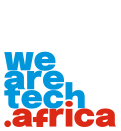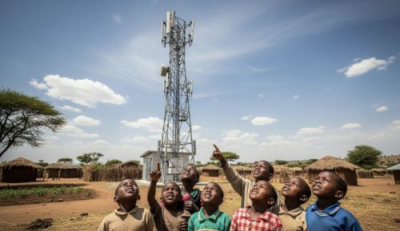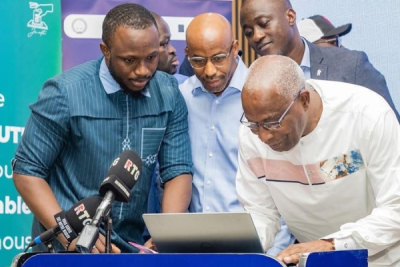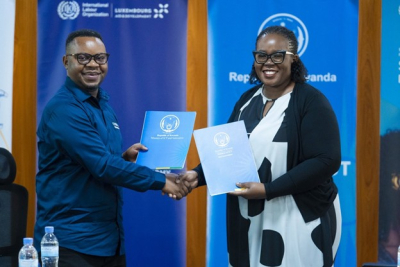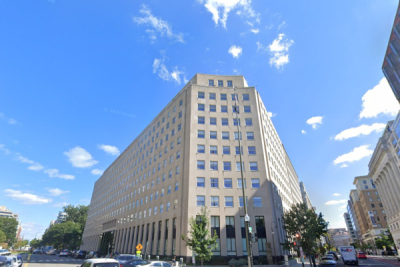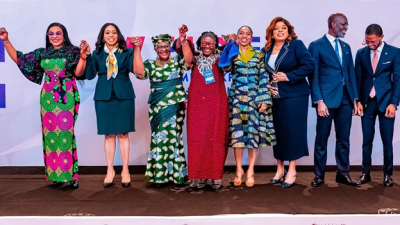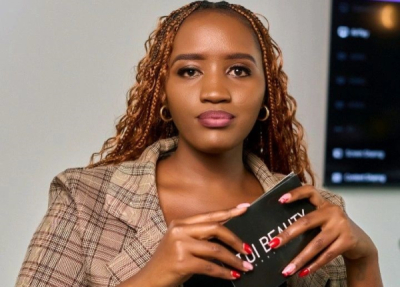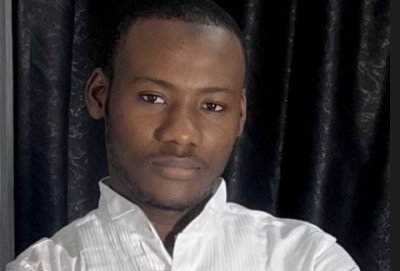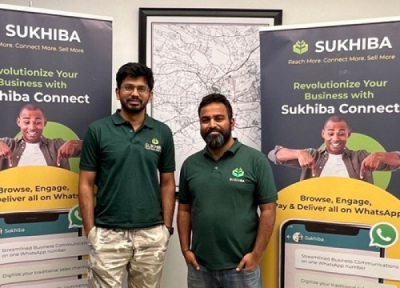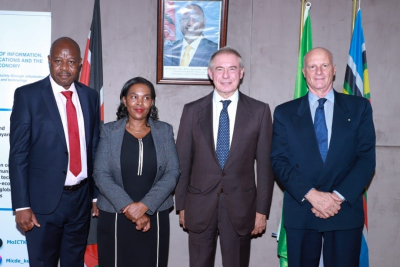While millions of Africans have embraced mobile money for savings, its adoption for credit remains modest. This is primarily due to the persistence of informal lending practices, even as new innovations begin to emerge.
Mobile money has become a transformative force for financial inclusion in Africa, yet its full potential remains untapped. While the service has excelled at providing a platform for savings, it has made little headway in providing widespread access to credit. The Global Findex Database 2025, published by the World Bank, shows the share of African adults with a mobile money account soared from 27% to 40% in just three years, reaching the highest rate globally. The report found that 23% of African adults saved using their mobile accounts in 2024, nearly double the rate of 13% in 2021.
The report also shows that 35% of African adults overall reported saving digitally or through traditional institutions. In countries with large mobile money economies like Ghana, Kenya, Senegal, and Uganda, more than 50% of adults use mobile money for savings, signaling a massive adoption of the service.
Mobile money is more accessible than traditional banking networks, making it easier to save small amounts and providing flexible deposits and withdrawals through local agents. This has led to more inclusive adoption, especially in rural and informal settings.
Savings Succeed, Credit Stalls
Despite the success of savings, access to credit through mobile money remains very limited. In 2024, only 7% of African adults borrowed through their mobile accounts, a figure that has remained stable since 2021. By contrast, nearly 59% of adults across the continent used some form of credit, though primarily through informal means like family or savings clubs.
In major mobile money markets like Kenya, Ghana, and Uganda, 22% to 32% of adults have borrowed through a mobile operator. However, these loans are typically small, short-term, and often carry high interest rates, which limits their overall economic impact.
Several factors explain this disconnect. According to the World Bank, regulatory authorities remain cautious, fearing over-indebtedness or fraud. The organization also points to business models that favor less-risky deposits and payments over credit.
The report also reveals that customers themselves are hesitant to borrow through platforms not well known for lending due to distrust, limited financial literacy, or overly strict eligibility simulators.
Innovations and Lingering Limits
While some specialized fintech and mobile platforms are gradually expanding their offerings through alternative credit scoring and nano-loans for micro-entrepreneurs, a mass-market for inclusive digital credit has yet to emerge. The report notes that countries with close cooperation among mobile operators, banks, and regulators, such as Kenya, are making progress, but elsewhere, advancement is slow.
The challenge now is to pair access to digital savings with policies for financial literacy, consumer protection, and regulatory innovation. The goal is to advance credit access without making already vulnerable populations more fragile.
For the World Bank, mobile money's full potential in Africa will only be unlocked when it contributes as much to productive investment as it does to savings security. This requires building customer trust and analytical skills regarding digital credit offers, improving interoperability between services and institutions, and adapting credit to local economic realities while minimizing associated risks.
Melchior Koba
